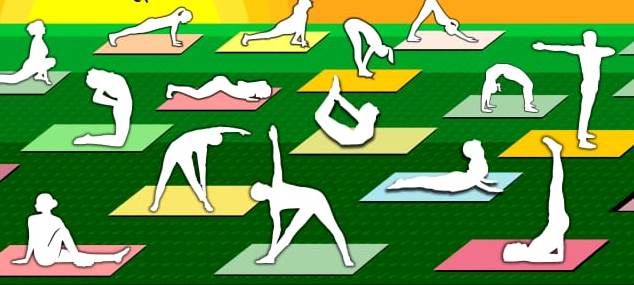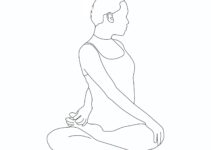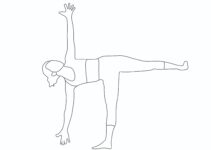Whether Is yoga risky?
Yes, practising of Yoga is risky. There are various types of yoga poses. Some yoga practices are simple and easy to perform. But there are many yoga poses, such as Headstand Yoga pose, Shoulder stand Yoga, Lord of the Dance pose, Peacock pose, Mermaid pose, Monkey pose, etc., which need to be performed with care and, of course, before the presence of Yoga instructor. As such, there is no risk of yoga, but by practising advanced yoga, one can experience the following injuries.
- Sprain
- Strains
- Forceful breathing can increase blood pressure, acidity
- Fractured bones
- Ulcer
- Hernia
- Tuberculosis
- Cardiac issues
- Chronic osteoporosis
- Spine problems
- Pregnancy
- Ear problems and other chronic conditions.
- Abdominal inflammation
- Vertigo

Yoga safety to prevent injuries
Yoga safety measures should be taken more or less in case of all the health conditions and diseases. There are some safety yoga tips so that injuries can be reduced.
- While practising yoga, attention should be on your body.
- One shouldn’t strain one’s body during practice.
- It shouldn’t be taken as part of competition.
- Do yoga in the presence of a yoga teacher.
- Body alignment should be the top priority.
- Breathing pattern should be followed.
Yoga advises
- Before practising Yoga, the body, mind and surroundings should be cleaned.
- Better to practice yoga on an empty stomach.
- To calm the body and mind initially, practice yoga with prayer.
- Perform yoga in a calm environment with breath awareness.
- Loosening exercises should proceed before yogasana
- Do simple postures initially followed by advanced ones.
- One should be hydrated before going to the practice.
- Cotton and light clothes should be used for easy body movement.
- Ventilation is one of the critical factors. Relaxation should be done after completing the yoga session.
- Holding of breath is not recommended in the yoga session unless and until asked to do so.
- Mouth breathing is not recommended. One should perform yoga as per one’s capacity.
- While practising the yoga poses, one should also keep the limitations and contraindications of it in mind.
Yoga precautions during yoga practice
- Yoga poses shouldn’t be performed in a condition of hurry and during stress.
- During the menstrual cycle, women shouldn’t practice it. However, they should be focused on breathing exercises.
- It should be performed after 4 hours of taking a meal.
- At least, there should be a gap of 20-30 minutes of taking water or food after doing yoga.
- It shouldn’t be practised during illness, surgeries and fractures. It is better to start the session after the consultation with a Yoga expert/doctor.
- Avoid doing challenging and heavy exercises after the yoga module.
- Yoga shouldn’t be practised during adverse conditions such as too hot or cold.
- For those with some health issues, it is better to consult a physician before practising yoga.
What are the Yoga Contraindications?
- Tadasana shouldn’t be avoided during cardiac problems.
- Trikonasana should be avoided in acute backache.
- Skip doing Padmasana in case of arthritis.
- Persons who have high blood pressure, heart disease, and cervical spondylitis shouldn’t perform Sirsasana.
- Gomukhasana may be skipped in piles and arthritis.
- Ardhamatsyendrasana shows contradictory effects in case of a stiff spine, pregnancy and backache.
- Pascimottanasana is not good in case of abdominal ulcers.
- Ustrasana may be avoided during hernia.
- patients with heart disease and high blood pressure should avoid Kunjal.
- No Jalabasti (Yogic enema with water) in case of rectal bleeding.
- No Sutraneti (nasal cleansing with thread) during nose bleeding.
- In case of acute breathing conditions, Pranayama should be avoided.






Very Useful Information.